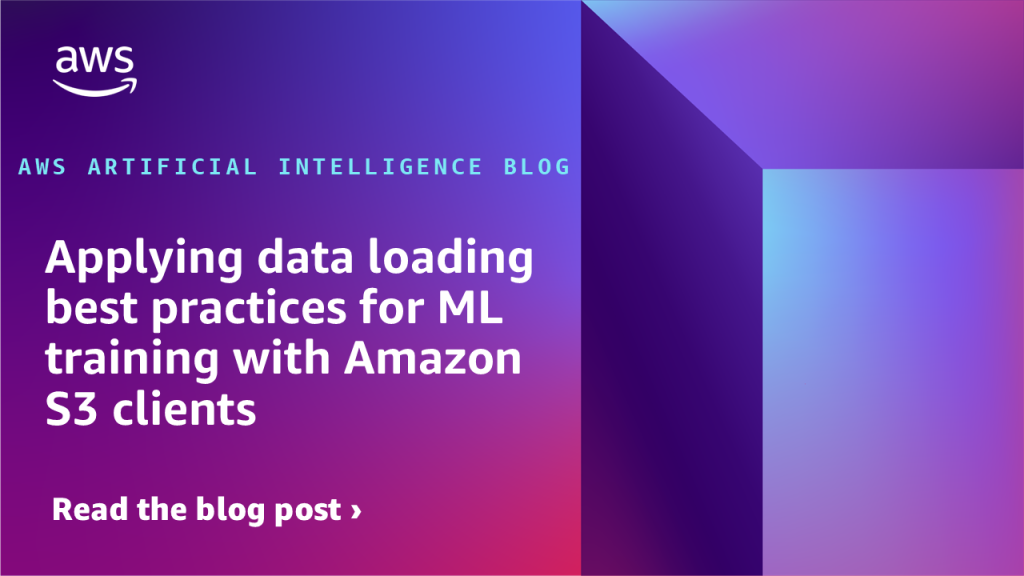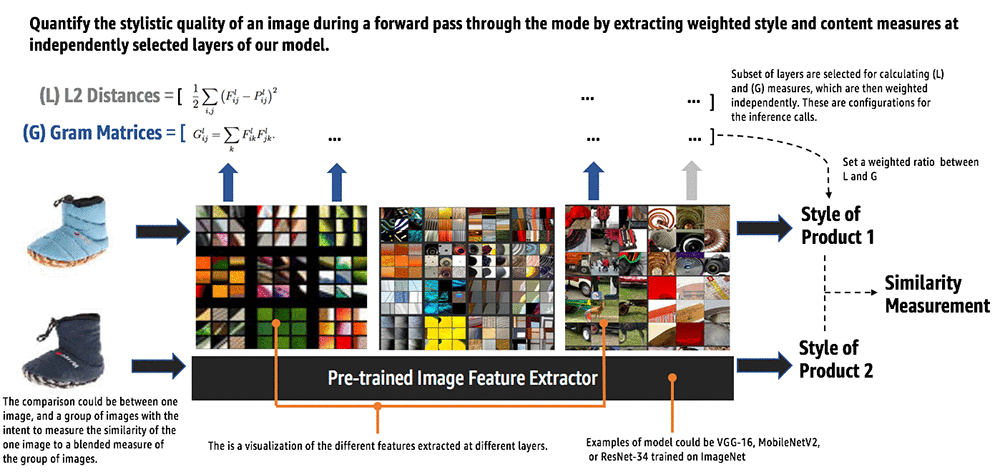Artificial Intelligence
Tag: PyTorch
Applying data loading best practices for ML training with Amazon S3 clients
In this post, we present practical techniques and recommendations for optimizing throughput in ML training workloads that read data directly from Amazon S3 general purpose buckets.
Accelerated PyTorch inference with torch.compile on AWS Graviton processors
Originally PyTorch used an eager mode where each PyTorch operation that forms the model is run independently as soon as it’s reached. PyTorch 2.0 introduced torch.compile to speed up PyTorch code over the default eager mode. In contrast to eager mode, the torch.compile pre-compiles the entire model into a single graph in a manner that’s optimal for […]
Enable faster training with Amazon SageMaker data parallel library
Large language model (LLM) training has become increasingly popular over the last year with the release of several publicly available models such as Llama2, Falcon, and StarCoder. Customers are now training LLMs of unprecedented size ranging from 1 billion to over 175 billion parameters. Training these LLMs requires significant compute resources and time as hundreds […]
Train and deploy ML models in a multicloud environment using Amazon SageMaker
In this post, we demonstrate one of the many options that you have to take advantage of AWS’s broadest and deepest set of AI/ML capabilities in a multicloud environment. We show how you can build and train an ML model in AWS and deploy the model in another platform. We train the model using Amazon SageMaker, store the model artifacts in Amazon Simple Storage Service (Amazon S3), and deploy and run the model in Azure.
Optimize AWS Inferentia utilization with FastAPI and PyTorch models on Amazon EC2 Inf1 & Inf2 instances
When deploying Deep Learning models at scale, it is crucial to effectively utilize the underlying hardware to maximize performance and cost benefits. For production workloads requiring high throughput and low latency, the selection of the Amazon Elastic Compute Cloud (EC2) instance, model serving stack, and deployment architecture is very important. Inefficient architecture can lead to […]
How to extend the functionality of AWS Trainium with custom operators
Deep learning (DL) is a fast-evolving field, and practitioners are constantly innovating DL models and inventing ways to speed them up. Custom operators are one of the mechanisms developers use to push the boundaries of DL innovation by extending the functionality of existing machine learning (ML) frameworks such as PyTorch. In general, an operator describes […]
Accelerate hyperparameter grid search for sentiment analysis with BERT models using Weights & Biases, Amazon EKS, and TorchElastic
Financial market participants are faced with an overload of information that influences their decisions, and sentiment analysis stands out as a useful tool to help separate out the relevant and meaningful facts and figures. However, the same piece of news can have a positive or negative impact on stock prices, which presents a challenge for […]
Reduce deep learning training time and cost with MosaicML Composer on AWS
In the past decade, we have seen Deep learning (DL) science adopted at a tremendous pace by AWS customers. The plentiful and jointly trained parameters of DL models have a large representational capacity that brought improvements in numerous customer use cases, including image and speech analysis, natural language processing (NLP), time series processing, and more. […]
A personalized ‘shop-by-style’ experience using PyTorch on Amazon SageMaker and Amazon Neptune
Remember the screech of the dial-up and plain-text websites? It was in that era that the Amazon.com website launched in the summer of 1995. Like the rest of the web, Amazon.com has gone through a digital experience makeover that includes slick web controls, rich media, multi-channel support, and intelligent content placement. Nonetheless, there are certain […]
Deploying PyTorch inference with MXNet Model Server
Training and inference are crucial components of a machine learning (ML) development cycle. During the training phase, you teach a model to address a specific problem. Through this process, you obtain binary model files ready for use in production. For inference, you can choose among several framework-specific solutions for model deployment, such as TensorFlow Serving […]









